Hi Folks,
Just finished a bookshelf with Peerless and Vifa drivers for one of my friend according to his taste!
Cabinet volume is (Approx): 38 Liters
Type: Vented
Frequency range: 45Hz - 40KHz
Sensitivity (Approx) : 90 dB/1W/1M
Finish: Wood Laminate
Power: 100 Watts
The drivers I have used are:
Tweeter: Tymphany (Formerly Vifa) XT25SC90-04 Dual Ring Radiator
Woofer: Peerless - 830657-6.5" SDS
The cabinet is braced internally to reduce the resonance and the inside wall is damped with Polyfill.
This can be used as a main speaker for stereo music listening or can be used as front (L/R) speakers in a home theatre setup.
Overall this is sounding very nice and is pretty happy with the results.
I Just thought of sharing few images of the build process below.
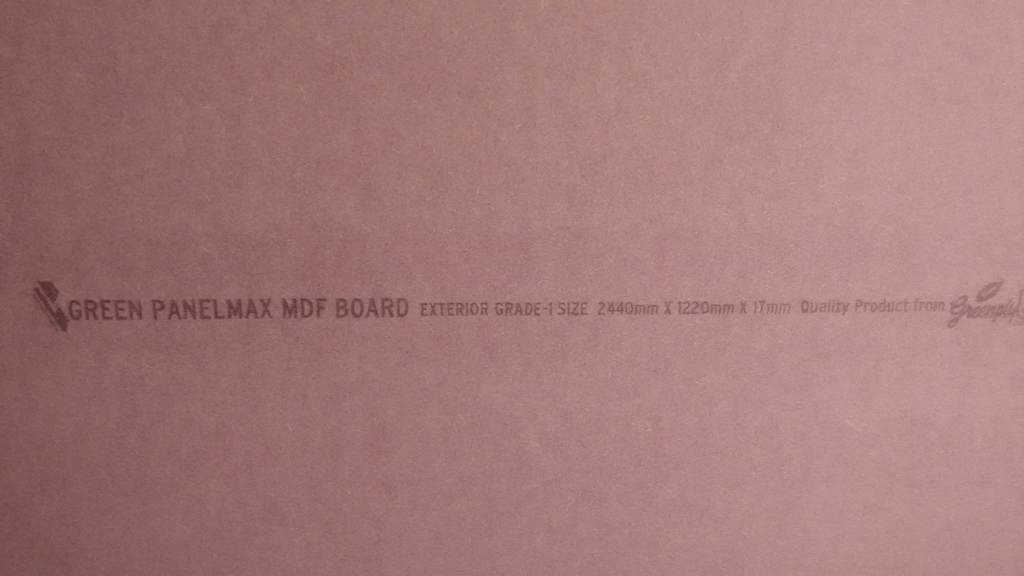
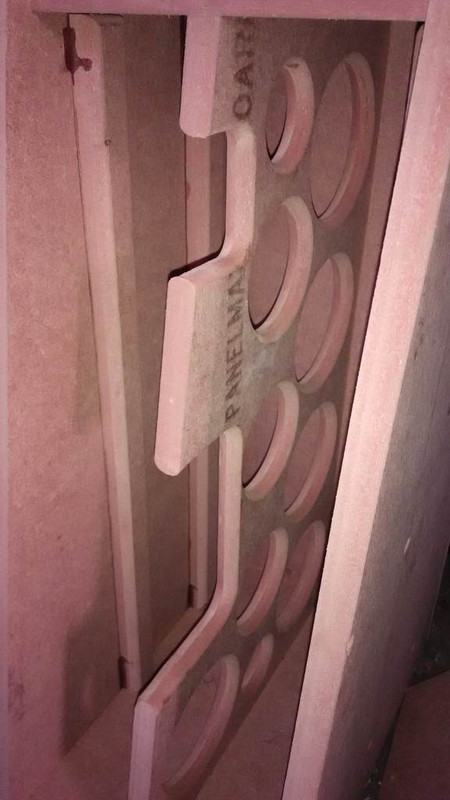

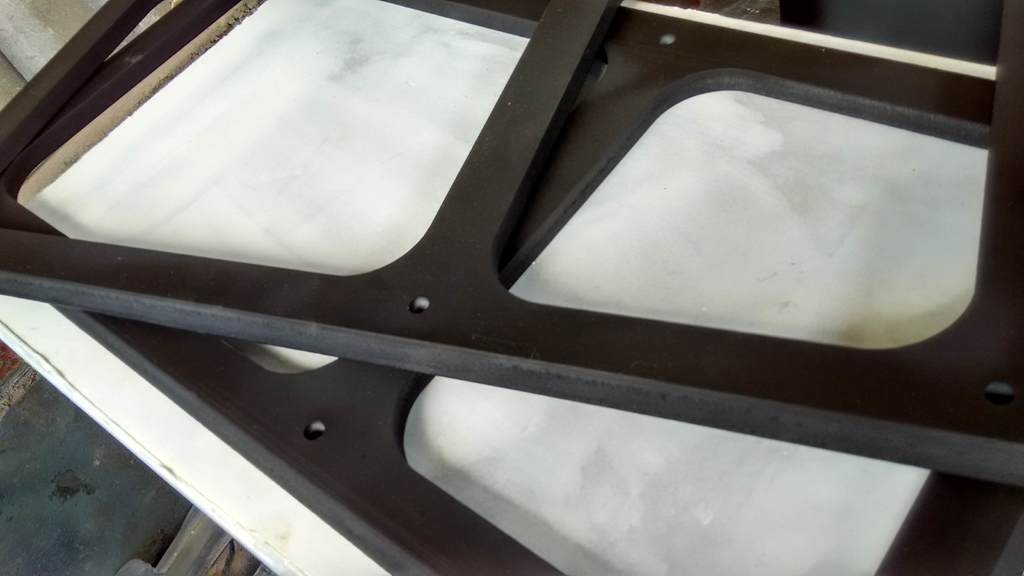
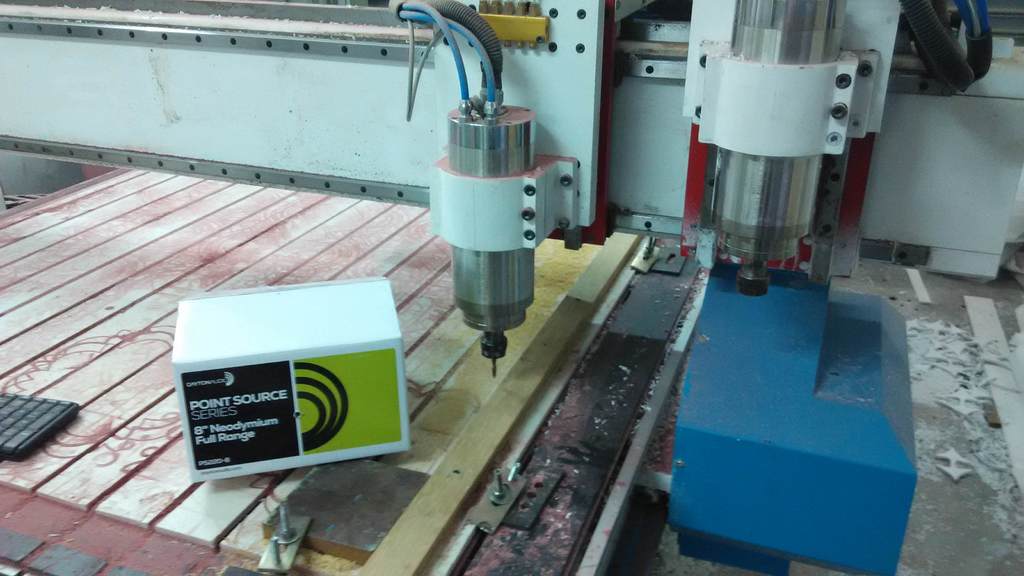



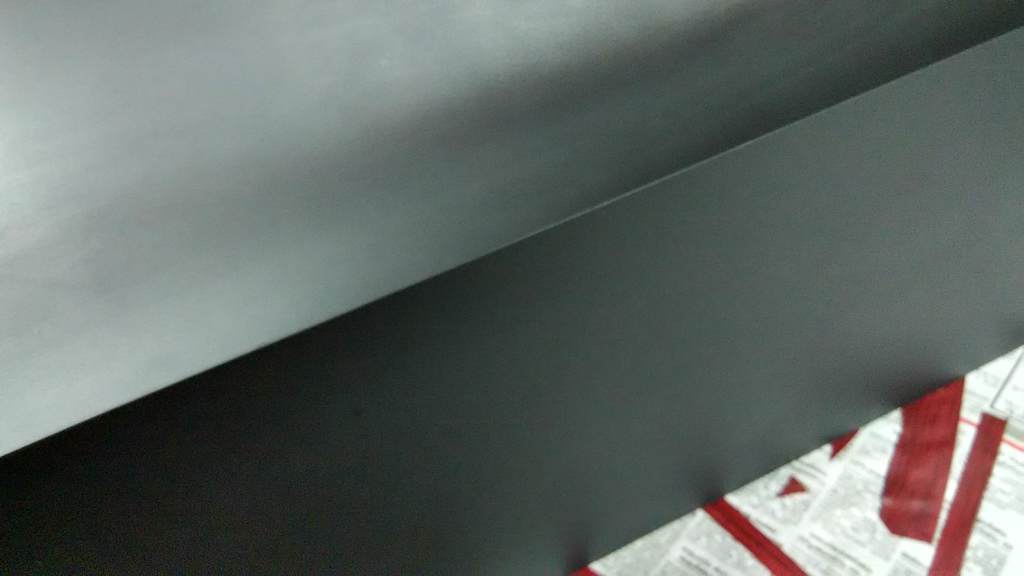
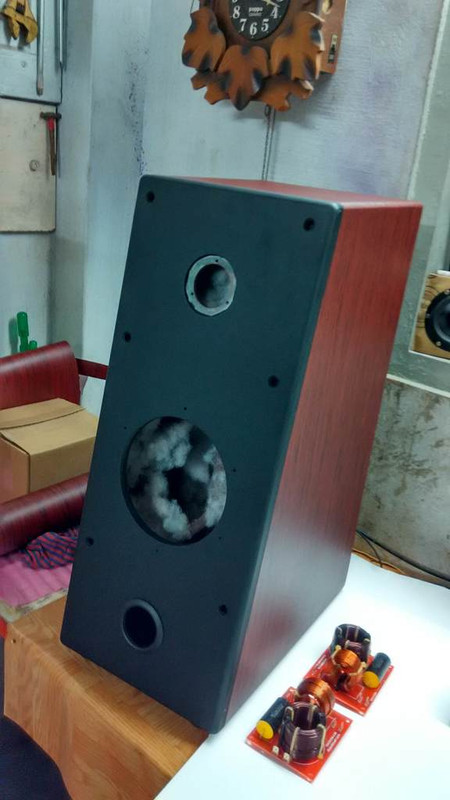

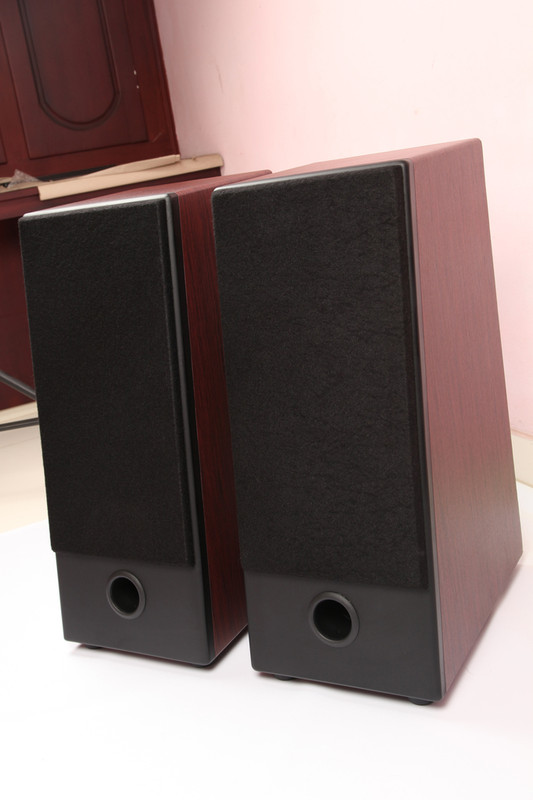



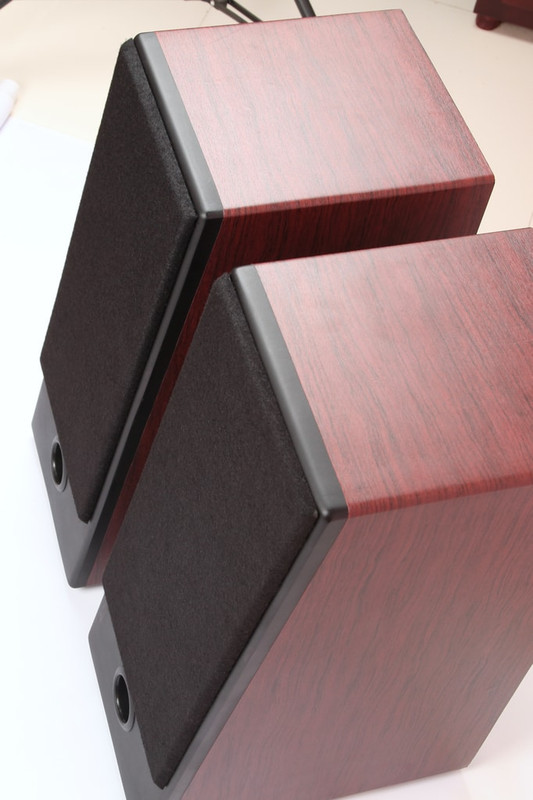
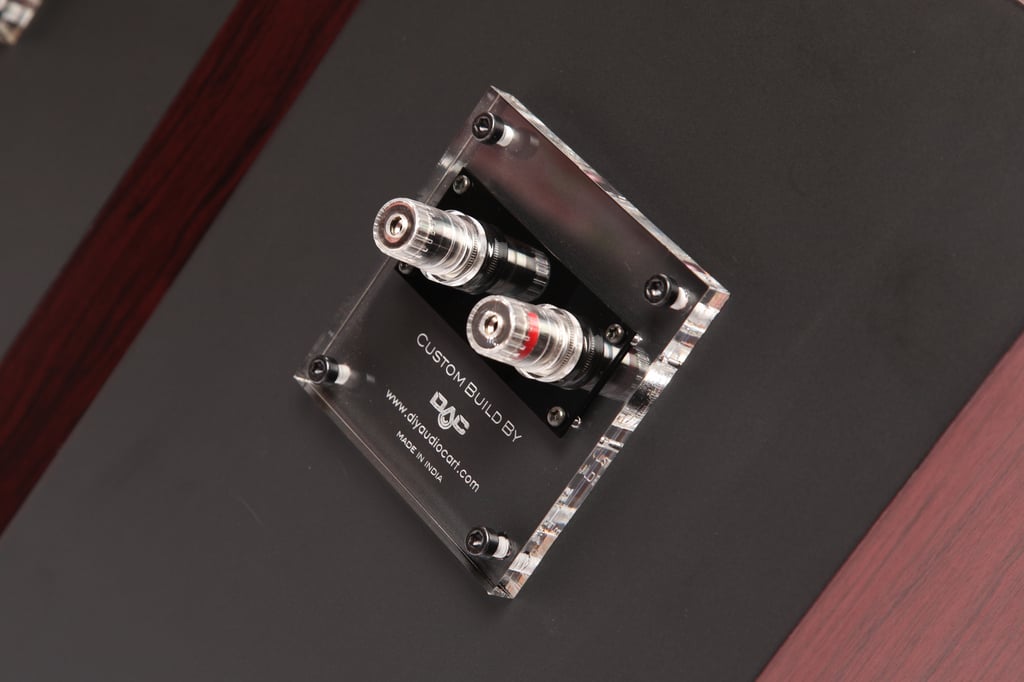
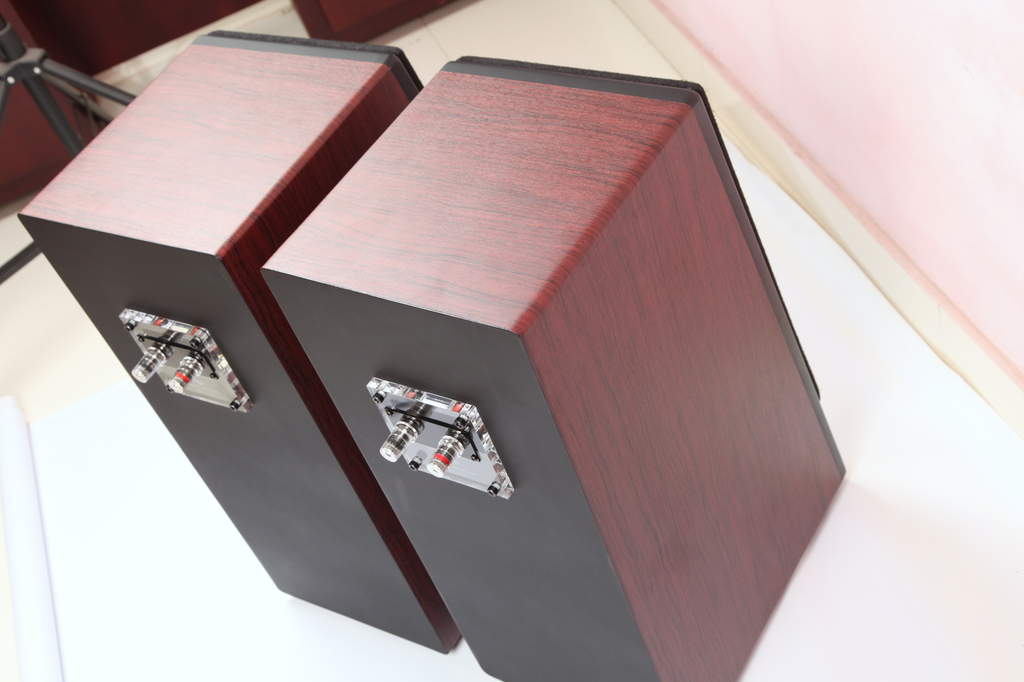
Just finished a bookshelf with Peerless and Vifa drivers for one of my friend according to his taste!
Cabinet volume is (Approx): 38 Liters
Type: Vented
Frequency range: 45Hz - 40KHz
Sensitivity (Approx) : 90 dB/1W/1M
Finish: Wood Laminate
Power: 100 Watts
The drivers I have used are:
Tweeter: Tymphany (Formerly Vifa) XT25SC90-04 Dual Ring Radiator
Woofer: Peerless - 830657-6.5" SDS
The cabinet is braced internally to reduce the resonance and the inside wall is damped with Polyfill.
This can be used as a main speaker for stereo music listening or can be used as front (L/R) speakers in a home theatre setup.
Overall this is sounding very nice and is pretty happy with the results.
I Just thought of sharing few images of the build process below.


















Last edited:


